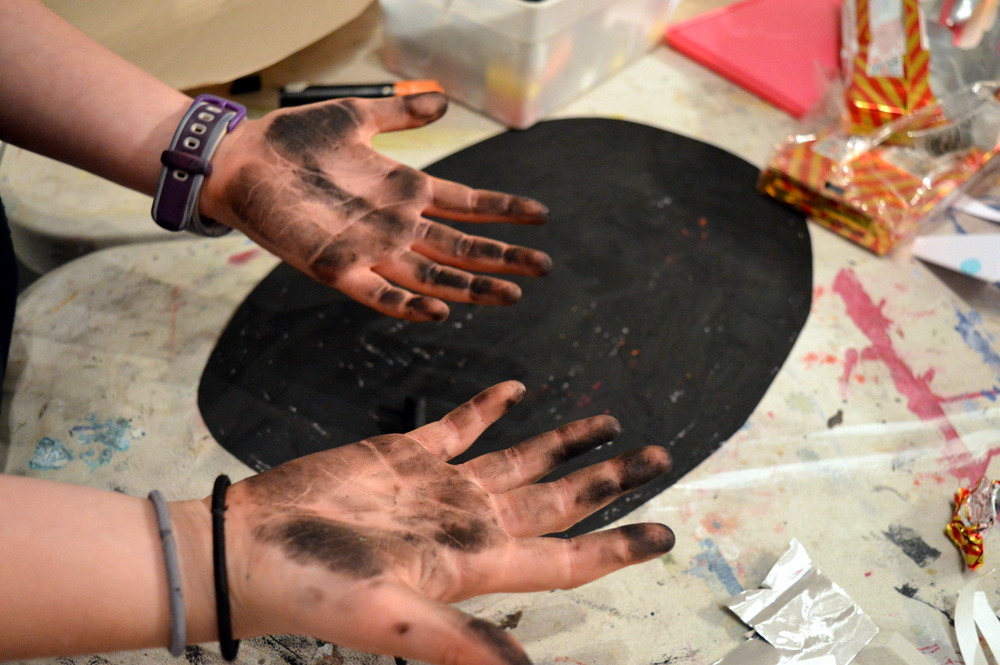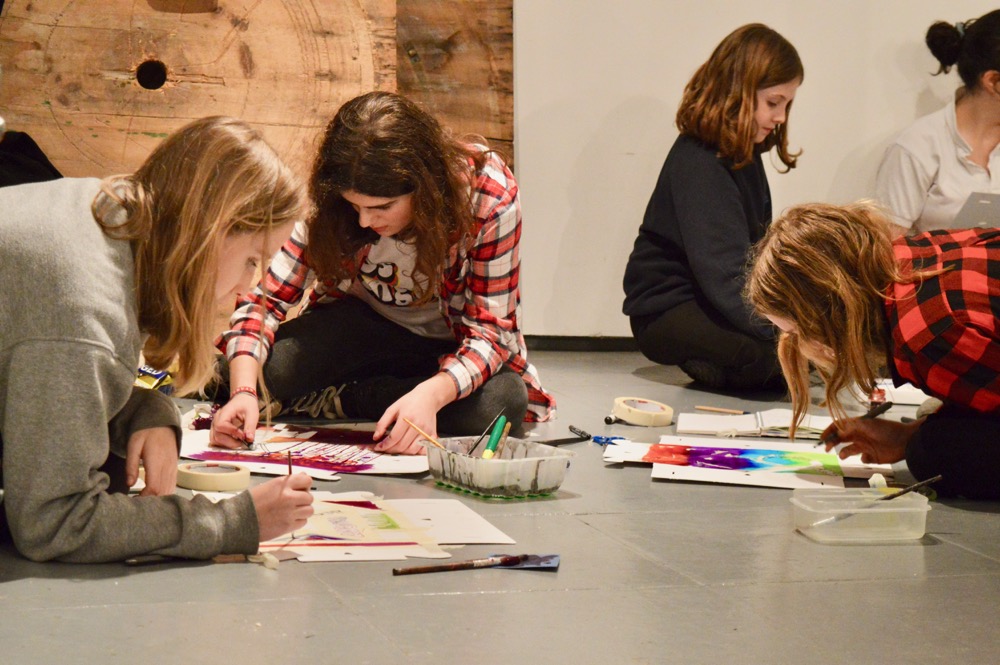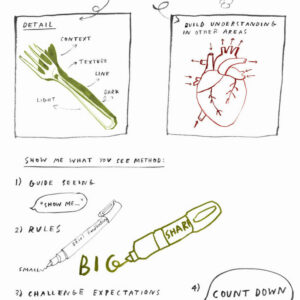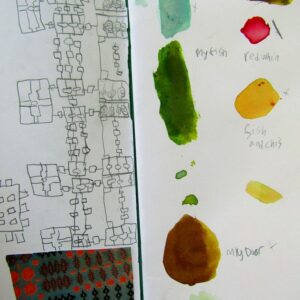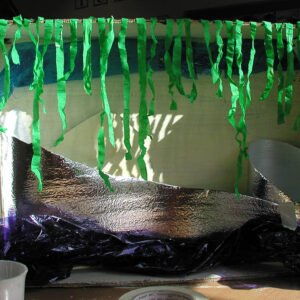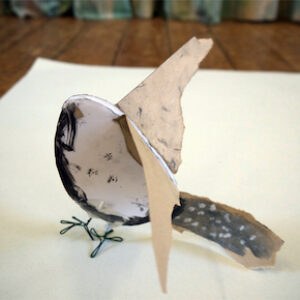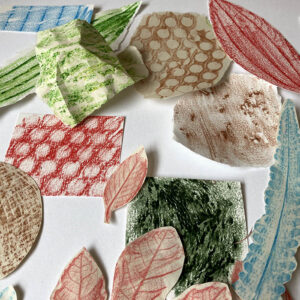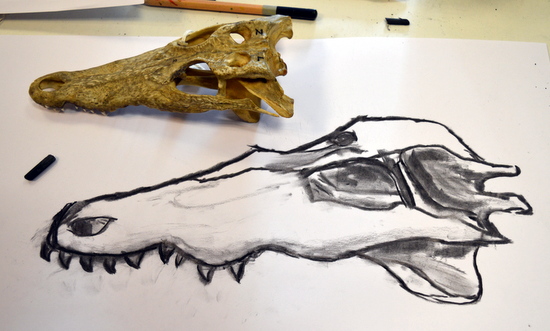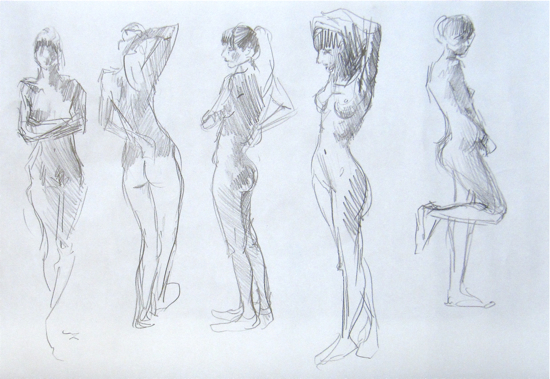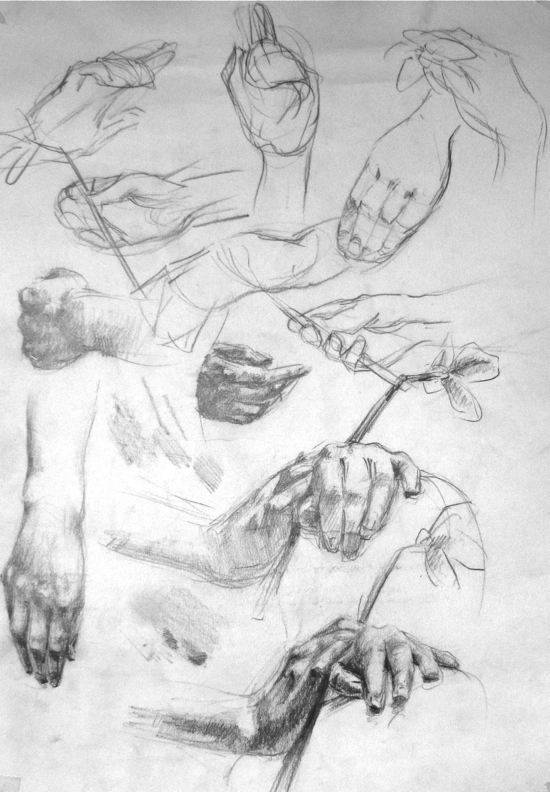It’s AccessArt’s belief that art and design, like language, breathes and manifests itself in all subjects and that skills gained by students in the art room, can be drawn upon as tools to explore and understand the surrounding world.
In this resource teenagers look at pieces of chalk and flint and explore the physicality of rocks and geological processes with graphite and plaster.

Graphite and plaster, materials I used in my own practice, are themselves found in the earth and seemed like the perfect medium for exploring these inspiring pieces of flint and chalk and the physicality of rocks.
In this one and a quarter hour long session, teenagers had the opportunity to explore drawing rocks and building drawings with modroc and graphite.

To access all content, I would like to join as…
AccessArt is a UK Charity and we believe everyone has the right to be creative. AccessArt provides inspiration to help us all reach our creative potential.
